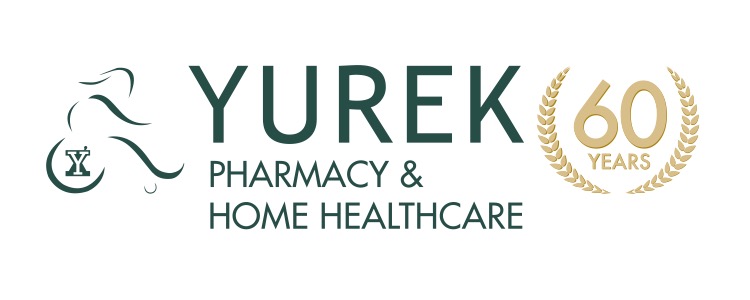You know, over the past few weeks, I’ve seen a number of patients, family and friends dealing with, or talking about, shingles. Often the questions are about passing it to other people and whether they should quarantine themselves. Shingles, or in medical jargon, Herpes Zoster, is a rash caused by the same virus that causes chickenpox. When you are young, after you’ve used up all of your calamine and Tylenol, you think you’ll never have to worry about chickenpox again.
You are half-right. The virus goes dormant in your body; but when you get older, it rears its ugly head as shingles. (Kind of like the way Pokémon evolve — if you don’t understand this reference, ask a 6-12 year old!) Shingles often presents with a burning, tingling pain on only one side of the body or face. This is usually followed by red patches on the skin and small fluid filled blisters. Within 5-7 days, the blisters will dry and scab over and are usually gone within 2-4 weeks. Although most people recover without complications, approximately 1 in 5 people will develop pain, called neuralgia, which can continue for months or even years after the rash resolves. Occasionally, serious complications can occur such as skin infections or scarring, pneumonia, hearing problems, blindness, brain and nerve problems and rarely, death.
You cannot give shingles to your family or friends. You can however spread the virus to someone who has never had chickenpox, if they touch the shingles rash or fluid from it. However, this person would develop chickenpox and not shingles. Once the rash has crusted, you are no longer able to spread the virus.
So what can we do? If you think you might have shingles, the first step is to see your doctor or nurse practitioner immediately. Powerful medications against the virus are effective, in many people, if started within 72 hours of rash presentation. But we must act quickly. It is recommended to cover the rash and avoid contact with infants, children, pregnant women and adults who have never had chickenpox. Rest is also important to make sure that your immune system isn’t compromised.
If you are at risk of shingles (over 50, undergoing chemotherapy or immunosuppressant therapy or have a compromised immune system for any other reason) you may consider the shingles vaccine. Currently, there are two vaccines available; you should discuss the advantages and disadvantages of each with your healthcare provider. Side effects are generally mild with both vaccines and far better than getting shingles.
So provided that you are covering your rash and not hanging out at the maternity ward or repeatedly handling and kissing babies (politicians take note), you can mingle with the shingles. Take care of yourselves and each other.








